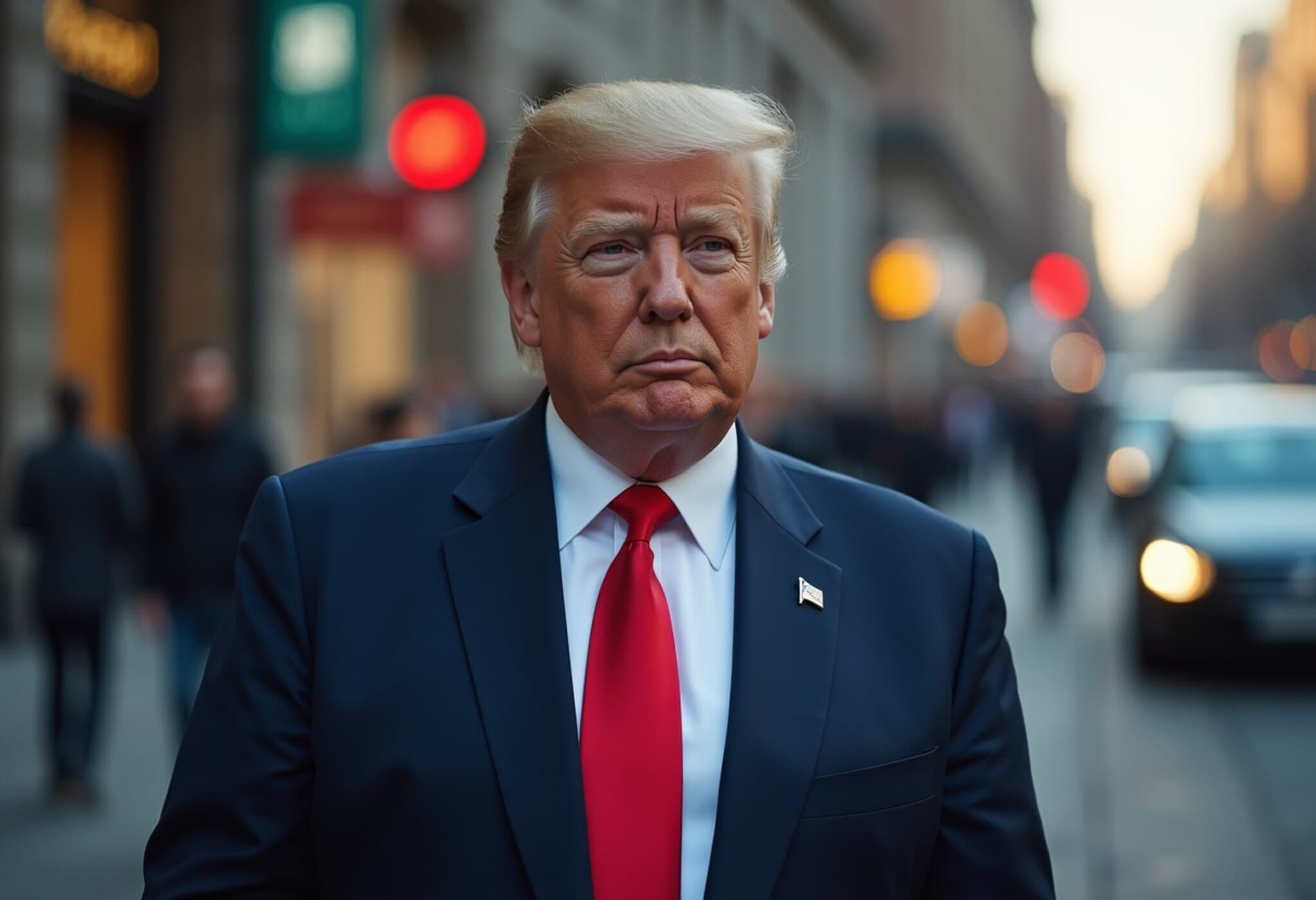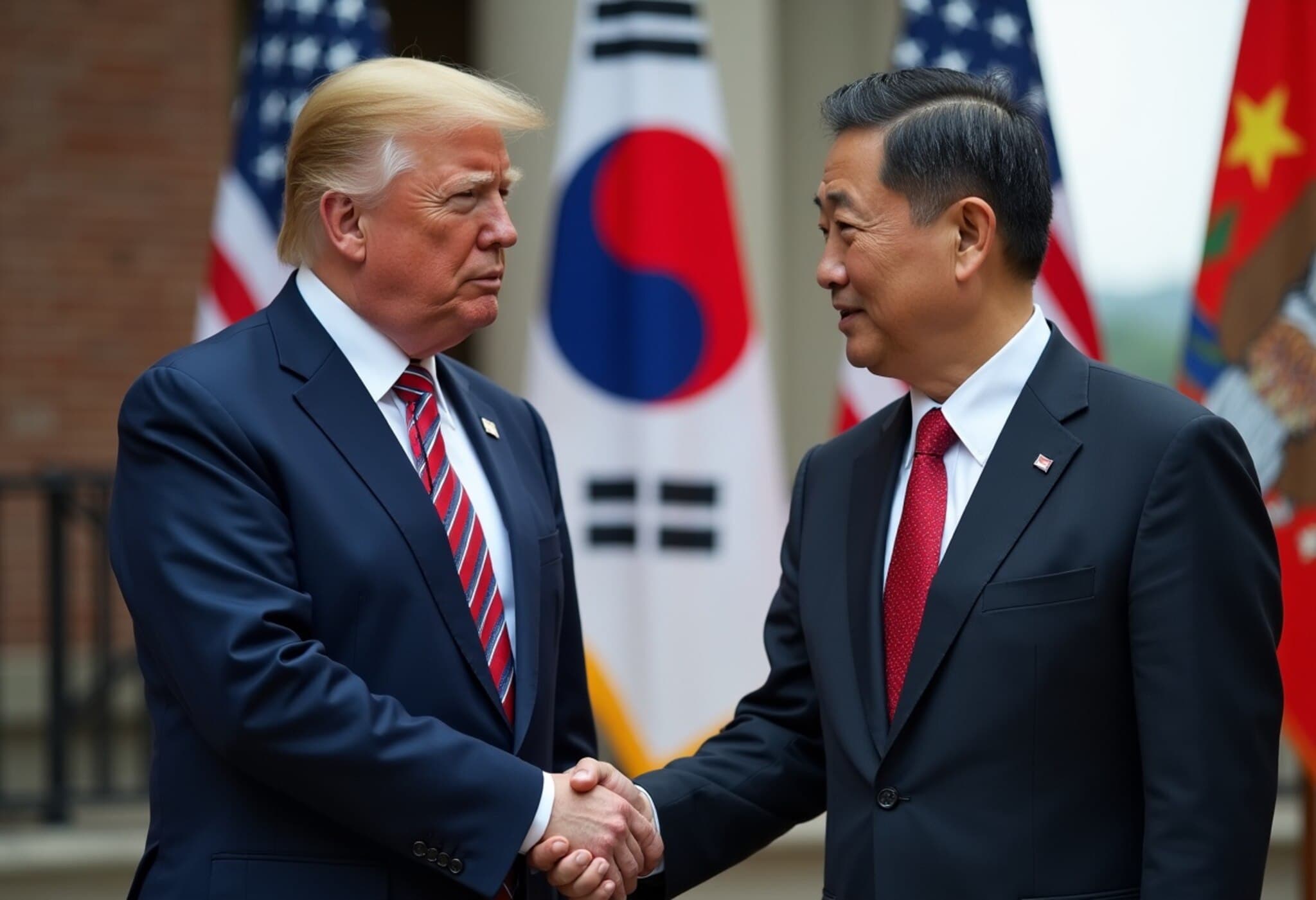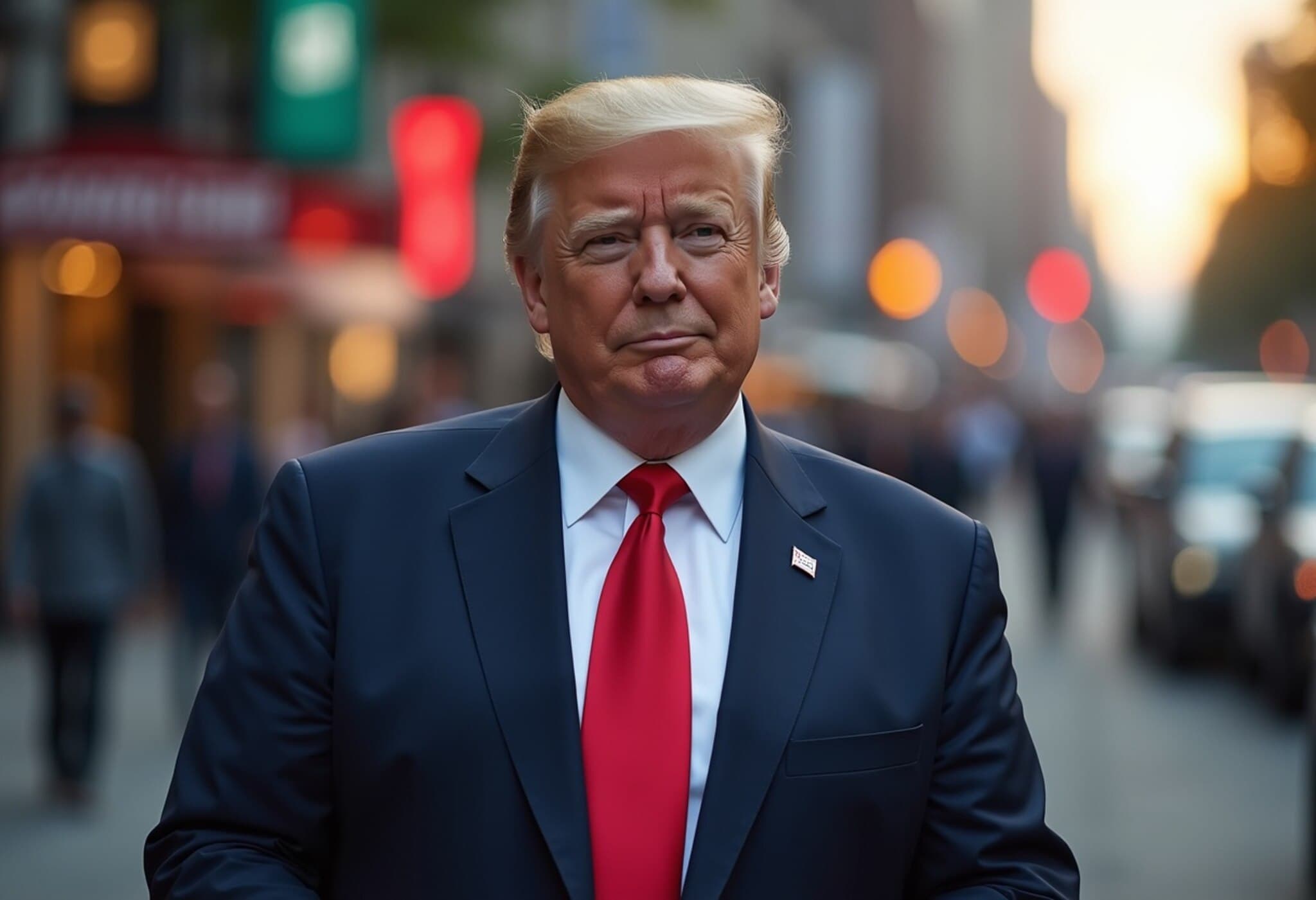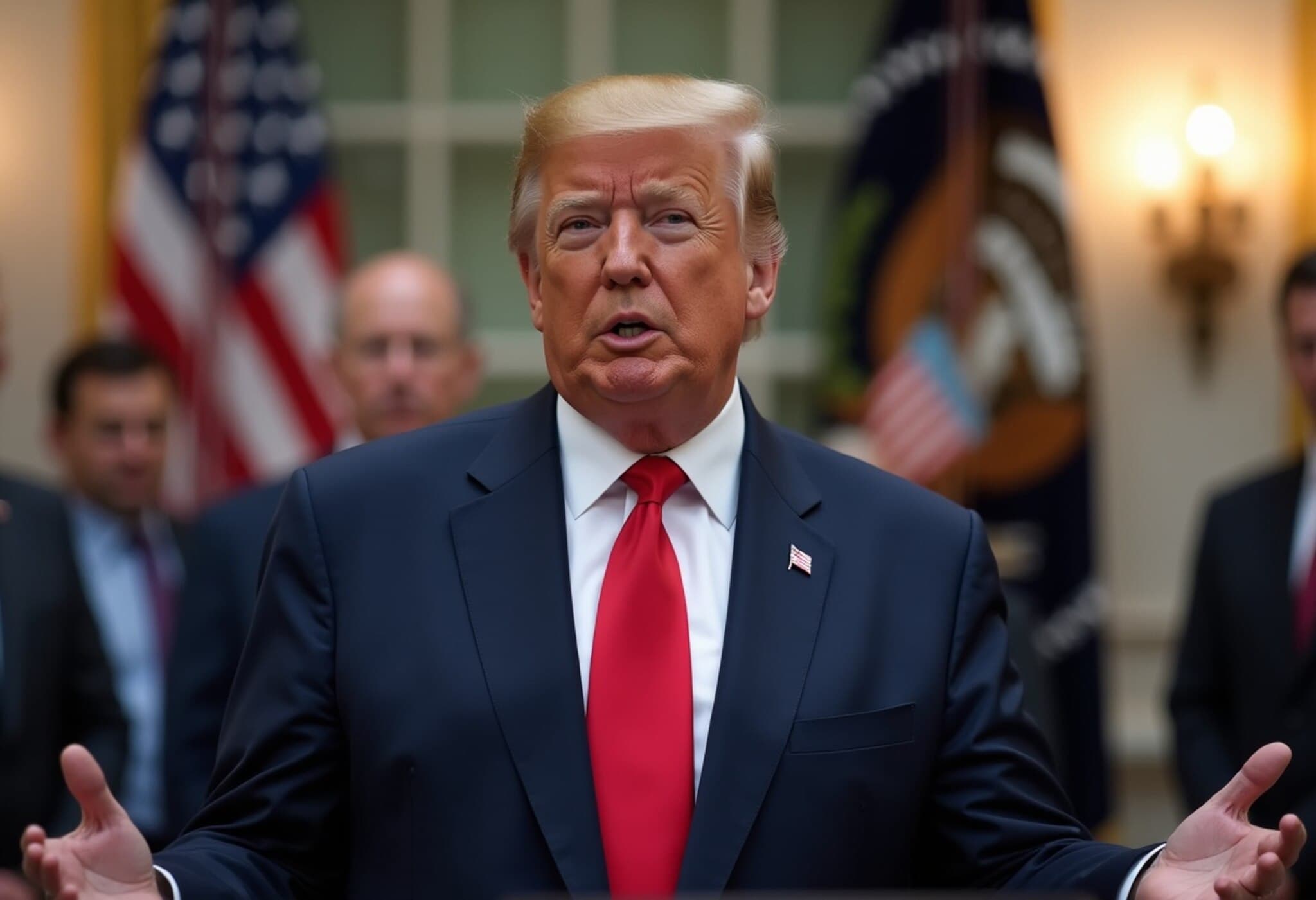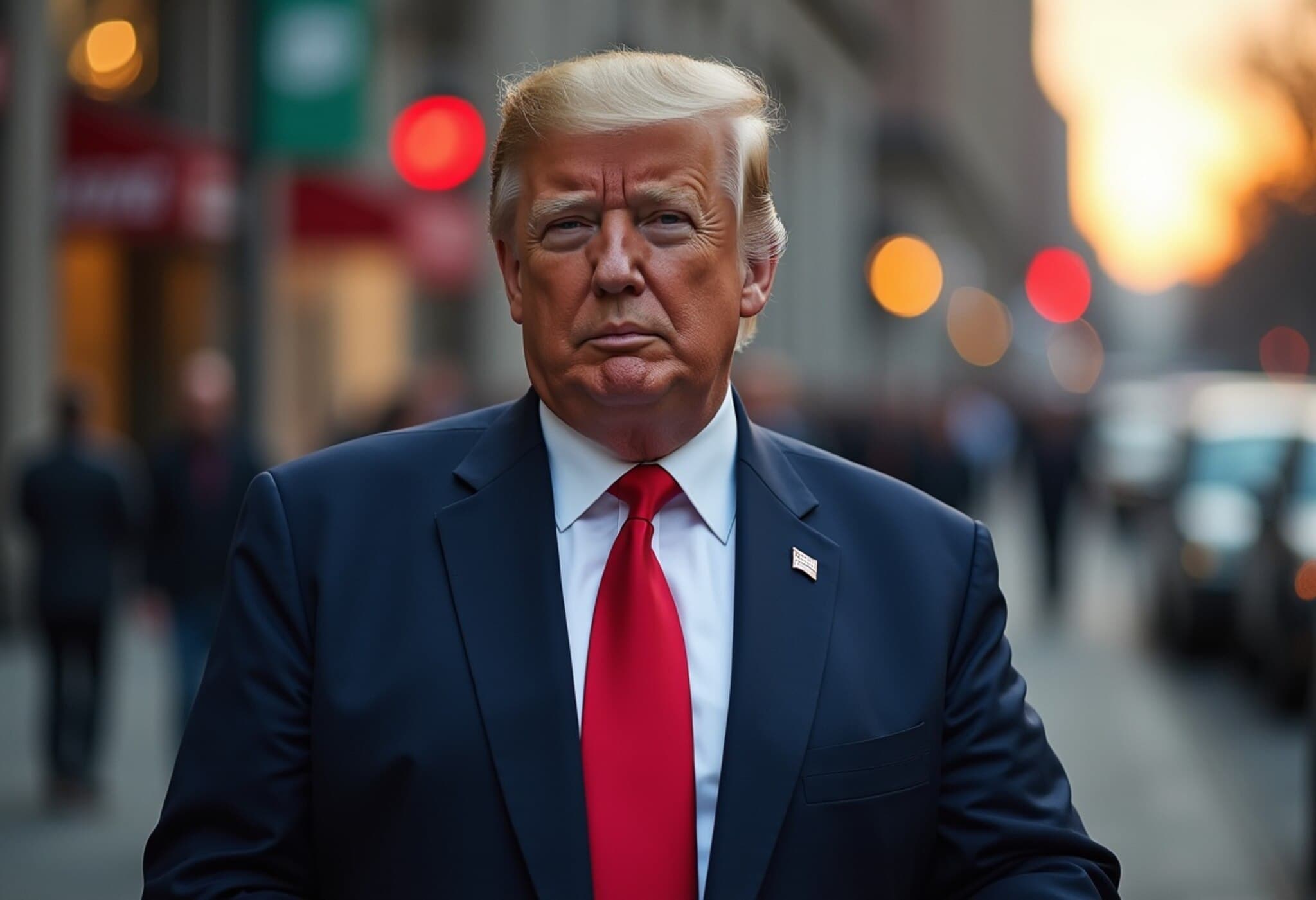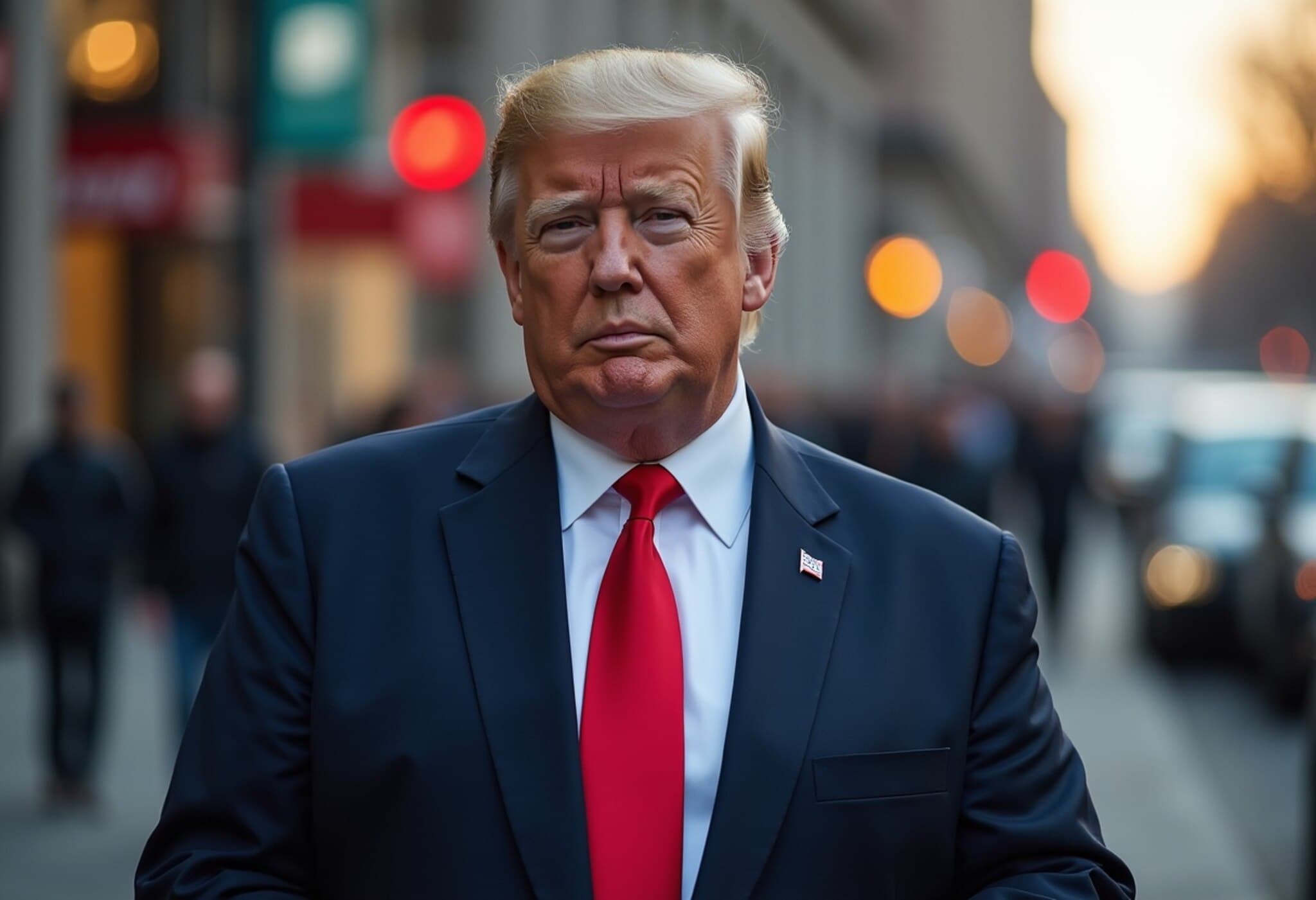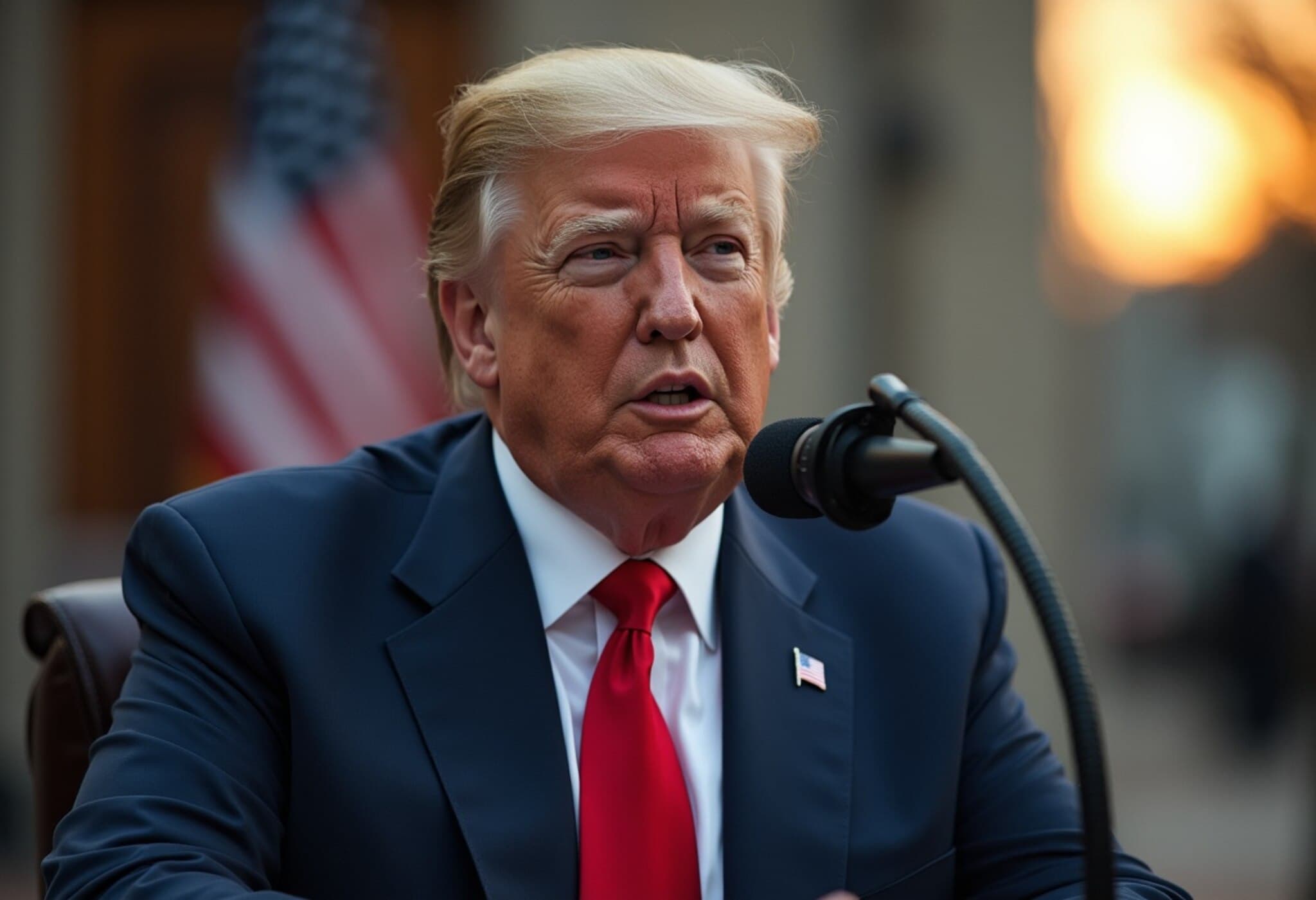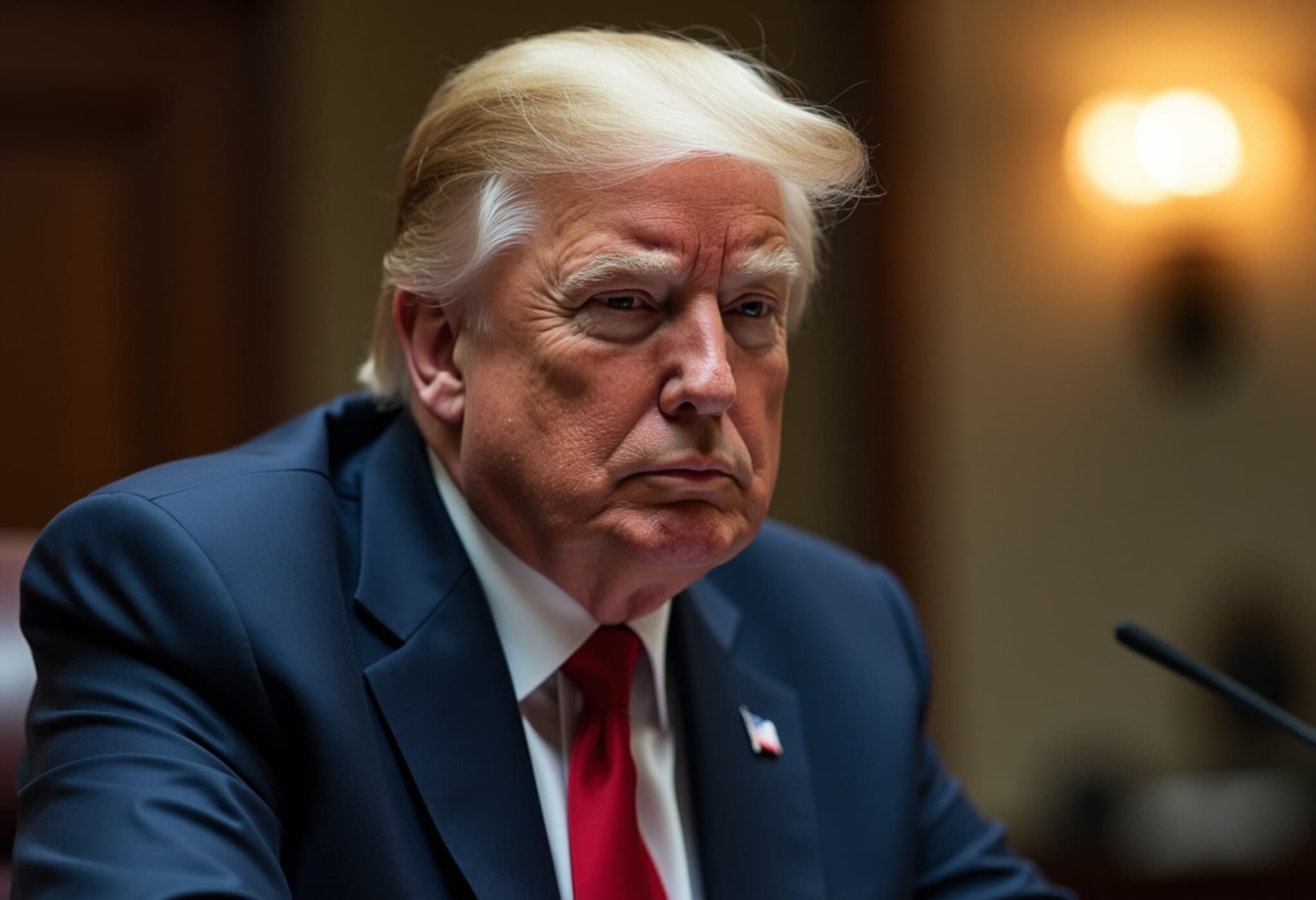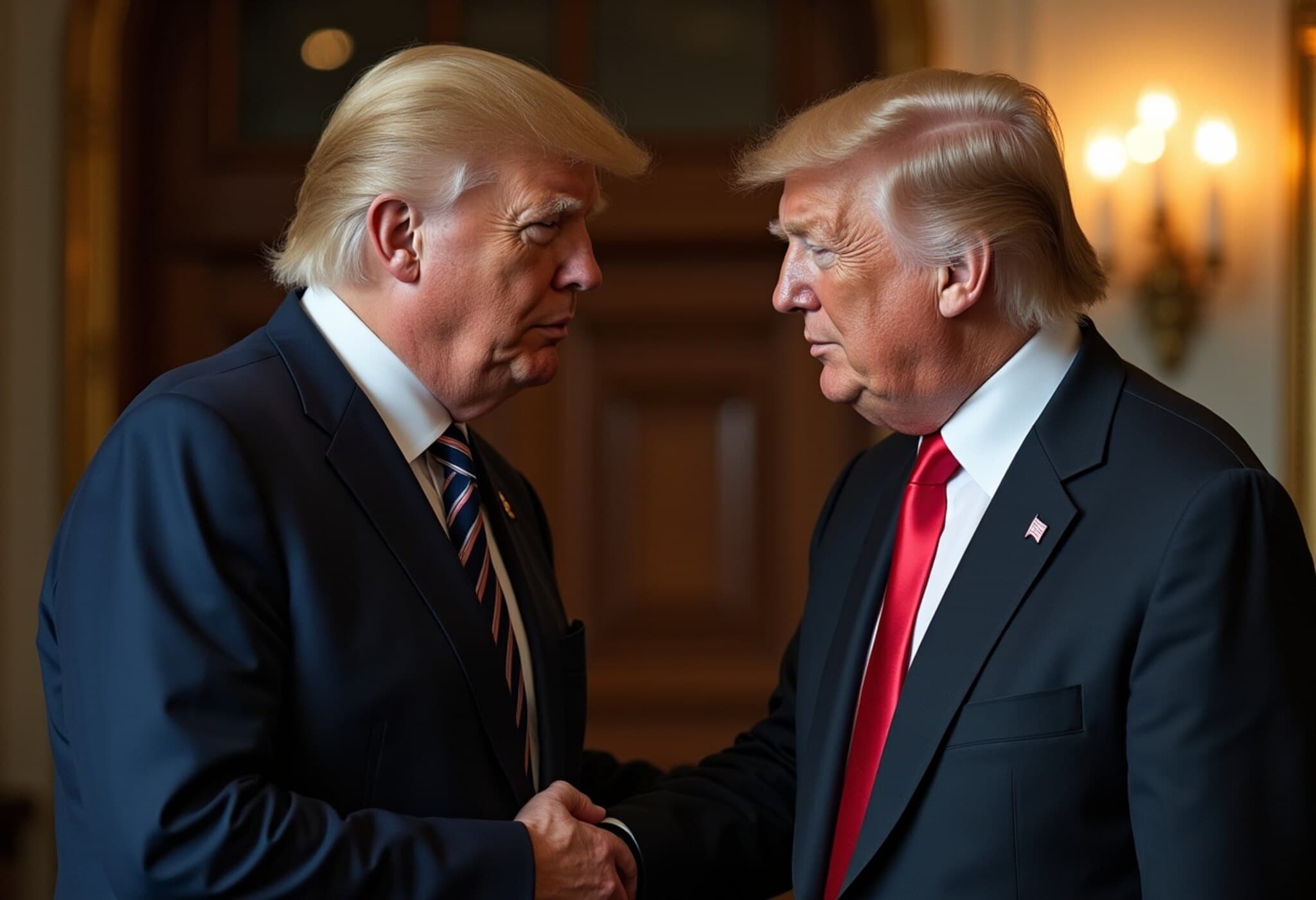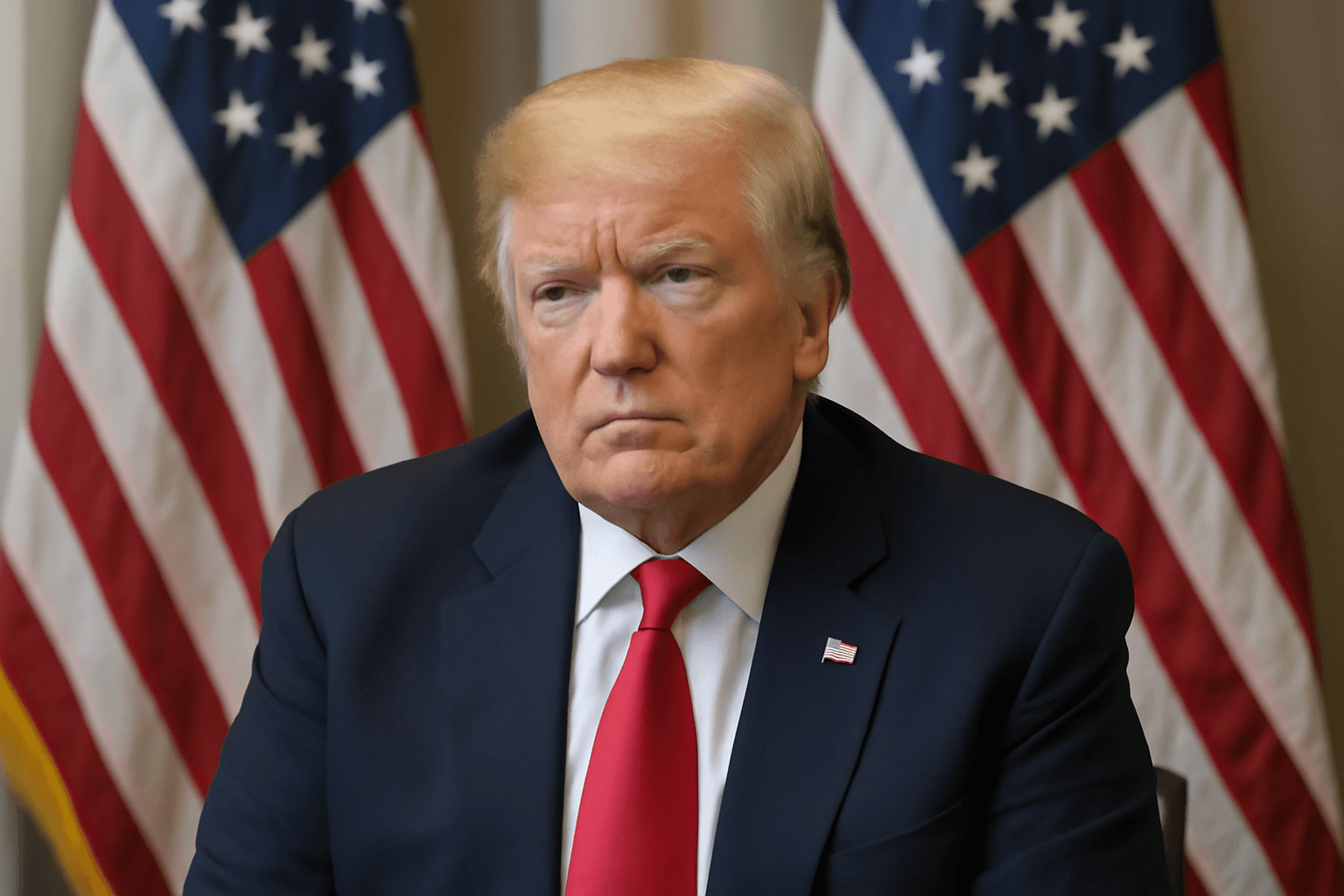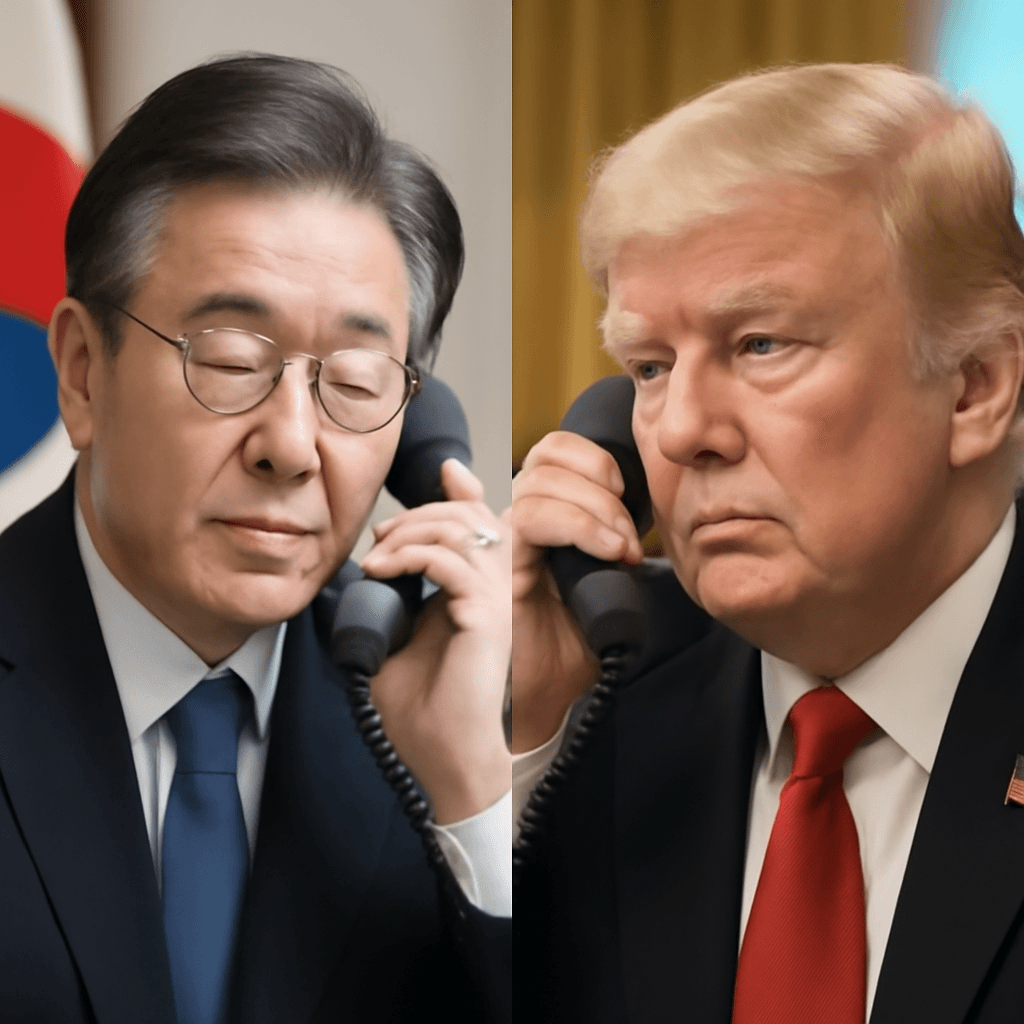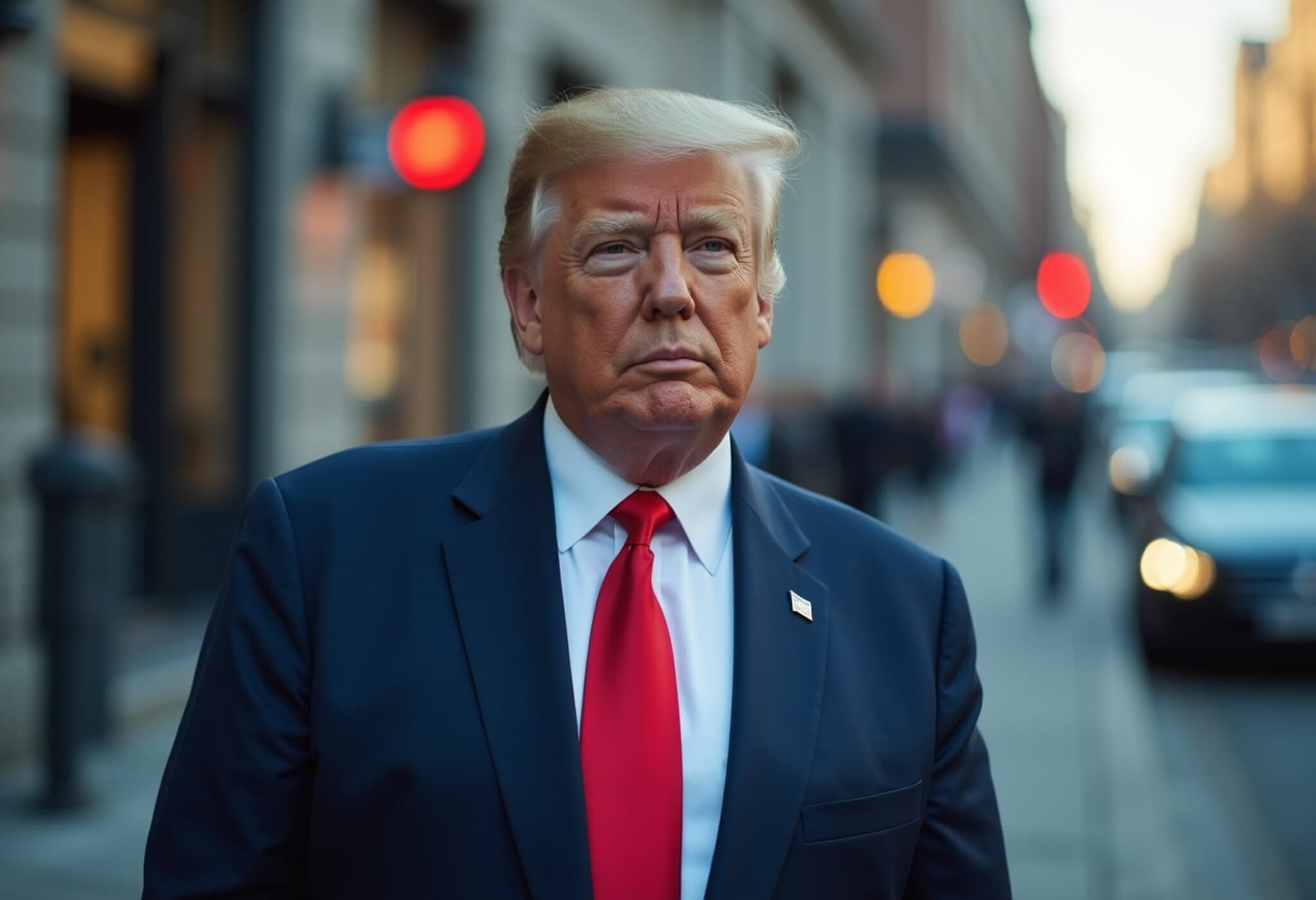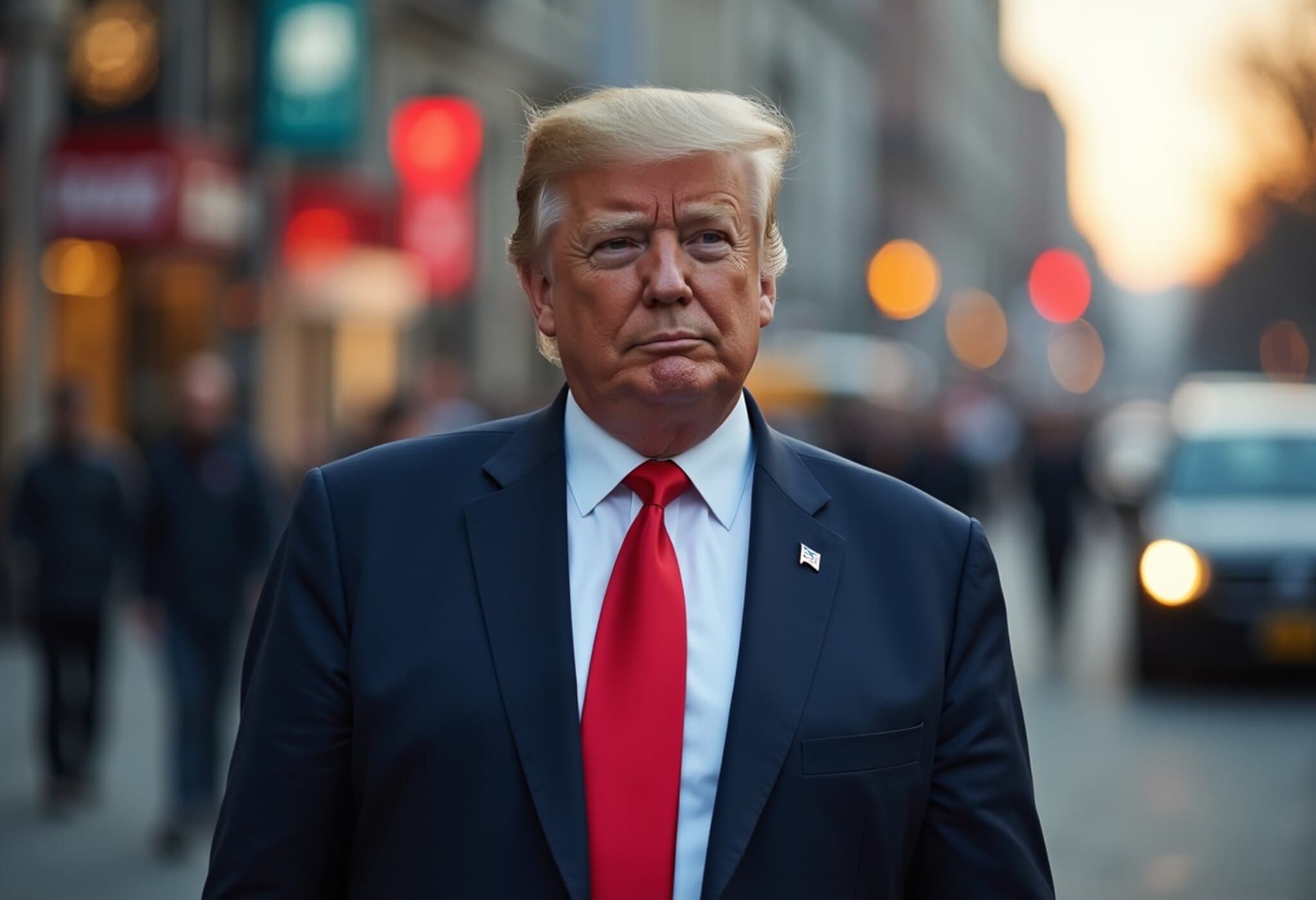Trump Announces Possible Tariffs on Pharmaceuticals and Semiconductors by July's End
In a bold move signaling a potential shift in U.S. trade policy, former President Donald Trump announced plans to impose tariffs on pharmaceutical imports as soon as the end of July 2025. Speaking with reporters upon his return to Washington after attending a summit on artificial intelligence in Pittsburgh, Trump outlined a strategy that could initially impose modest tariffs on drugs, ramping up substantially over the following year to incentivize domestic manufacturing.
Details of the Proposed Tariffs
Trump revealed his intention to start with “a low tariff” on pharmaceuticals before elevating it to “a very high tariff” after giving companies approximately one year to pivot production back to U.S. soil. The timeline for semiconductor tariffs mirrors that of pharmaceuticals and was described by Trump as even “less complicated” to implement, though he refrained from elaborating further.
These levies are expected to roll out alongside broader reciprocal tariffs set for August 1, designed as a countermeasure against international trading partners who the administration views as practicing unfair trade.
Historical Context and Legal Justifications
This initiative draws on the powers granted under Section 232 of the Trade Expansion Act of 1962, a statute that allows the president to impose tariffs on imports deemed a threat to national security. Trump has previously argued that the influx of foreign pharmaceuticals undermines U.S. security interests, aiming to stimulate domestic production capabilities in sensitive industries.
Economic Implications and Industry Impact
The pharmaceutical sector represents a significant portion of international trade, especially between the U.S. and countries like Australia, where pharmaceutical exports rank third behind beef and gold, contributing $2.2 billion annually to bilateral trade. Companies such as biotech giant CSL, with a strong U.S. presence, could see considerable effects from changes in tariff policy.
Semiconductor imports also hold strategic economic importance, underscoring the broader ambition to strengthen domestic supply chains in high-tech industries pivotal to national security and economic resilience.
Ongoing Trade Negotiations and Global Reaction
Amid imposing new tariff threats, Trump is reportedly engaging in substantive trade discussions with several countries, including India, Indonesia, and members of the European Union. Notably, Indonesia recently settled on a reduced tariff rate from 32% to 19% in exchange for substantial U.S. energy purchases and Boeing jet sales.
Trump expressed optimism about closing “two or three” deals before the reciprocal tariffs come into force, but he emphasized a willingness to proceed with predetermined tariff rates if negotiations falter.
Sector Reactions and Consumer Concerns
While pressing forward with aggressive trade policies, Trump dismissed concerns regarding potential ripple effects on U.S. consumers, particularly on rising energy prices linked to geopolitical tensions with Russia and Ukraine. Nonetheless, economic experts caution that tariffs on critical imports could increase prices domestically and disrupt established supply chains.
The president’s strategy reflects a broader attempt to recalibrate U.S. trade priorities in favor of American manufacturing and economic sovereignty, but it also raises essential questions about global trade relations and consumer impact in an interconnected economy.
Expert Analysis: Trade Policy, National Security, and Economic Realities
From an expert viewpoint, Trump’s tariff plans must be interpreted within the complex dance of trade diplomacy and national security imperatives. Section 232 investigations historically have been invoked during periods of perceived strategic vulnerability, with tariffs aimed to buttress critical sectors like pharmaceuticals and semiconductors.
However, imposing tariffs entails trade-offs. For pharmaceutical companies, abrupt changes could disrupt global supply chains vital for drug availability and affordability, particularly in the U.S. market where medication prices are already a contentious issue.
Moreover, while tariffs may incentivize domestic production, they risk retaliation and escalation, potentially straining relations with key allies and trading partners such as Australia, the European Union, South Korea, and Japan.
Looking Ahead: Key Questions and Considerations
- Will these tariffs successfully revive domestic manufacturing without triggering inflationary pressures?
- How will trading partners respond to unilateral tariff impositions amid ongoing negotiations?
- What are the long-term implications for global pharmaceutical supply chains and innovation?
- Can reciprocal tariffs balance national security goals with commitments to international trade agreements?
Editor’s Note
President Trump’s move to introduce tariffs on pharmaceuticals and semiconductors by the end of July reflects a broader trend of leveraging trade policy as a tool for economic and national security objectives. While the administration offers a timeline and hints of negotiation flexibility, the unfolding developments warrant close scrutiny — not just for their impact on global trade balances, but for American consumers and industries dependent on global supply chains. Keeping a watchful eye on how countries respond and how markets adapt is crucial for understanding the full repercussions of these policy shifts.
As trade tensions persist alongside geopolitical uncertainties involving energy markets and technology sectors, these tariffs underscore the balancing act between protecting domestic interests and sustaining healthy international commerce.
Jennifer A. Dlouhy and Justin Sink contributed reporting to this analysis.

